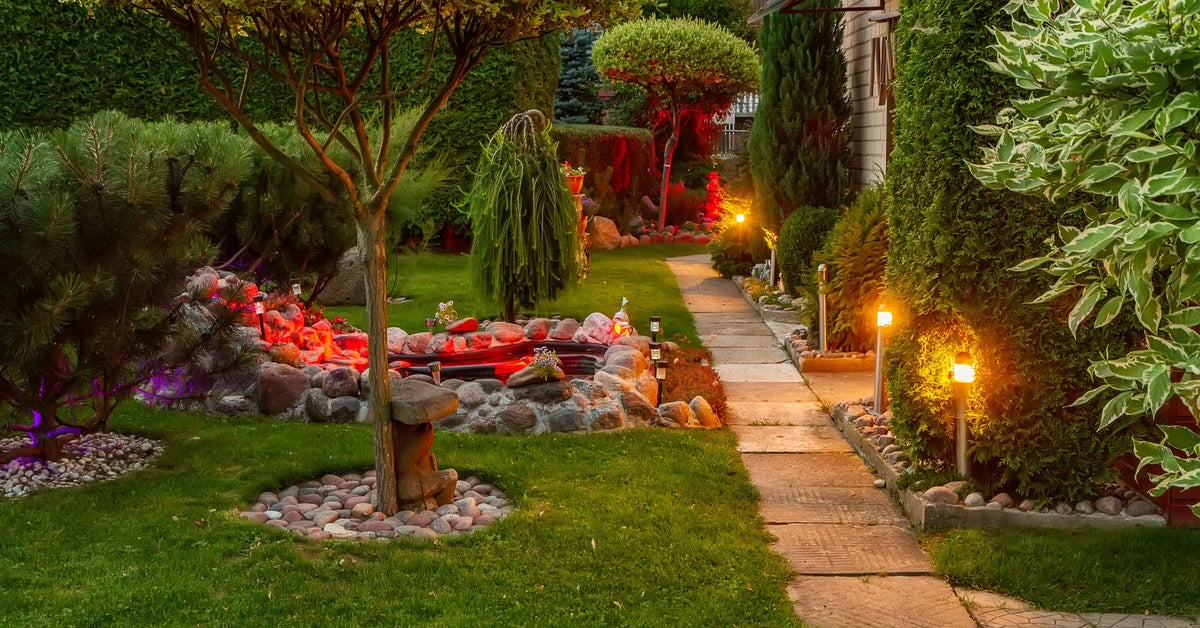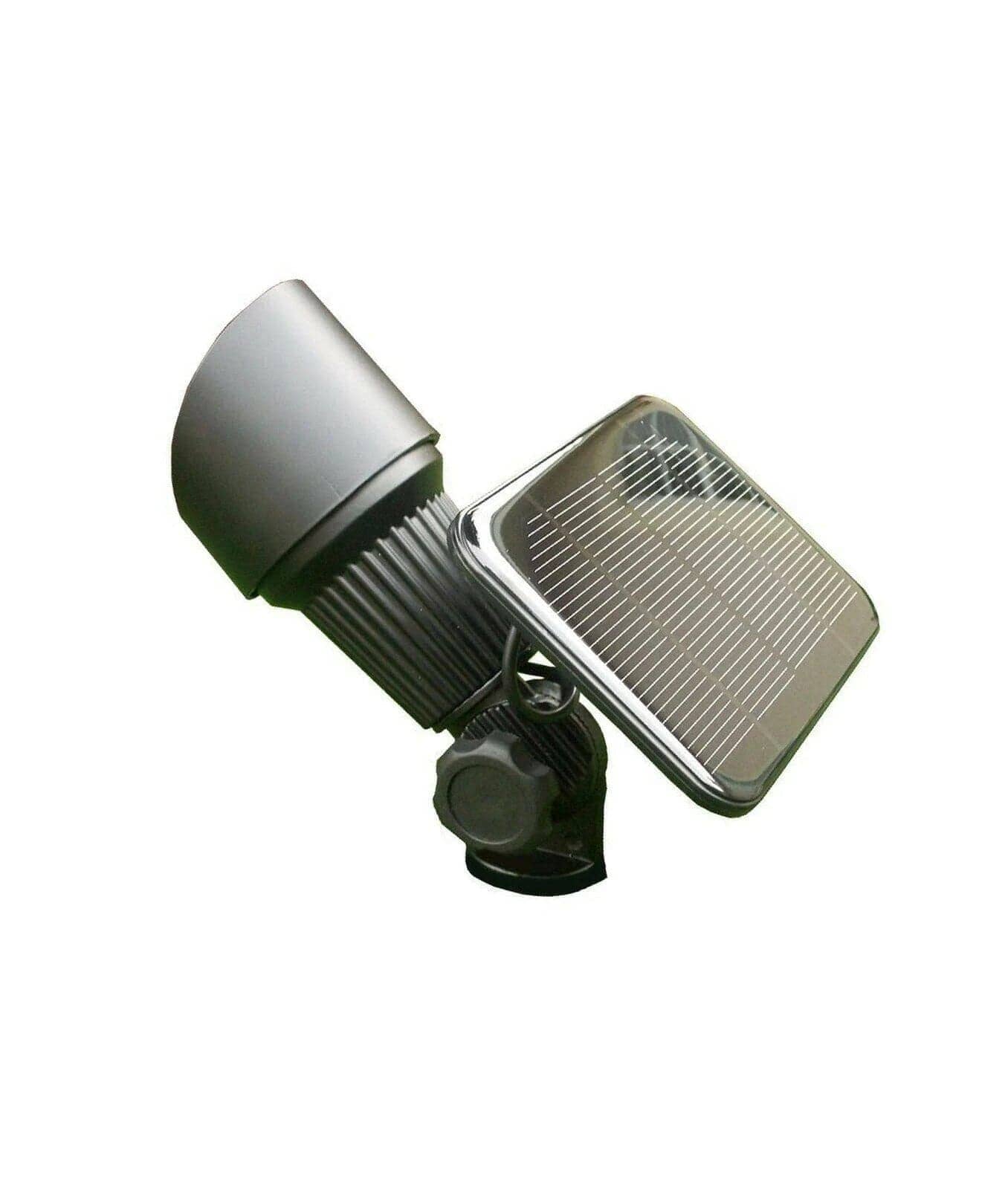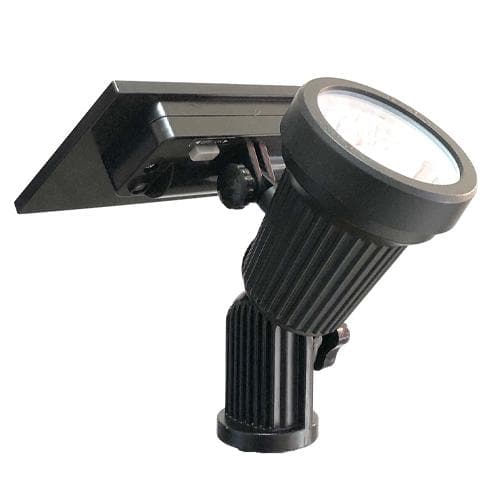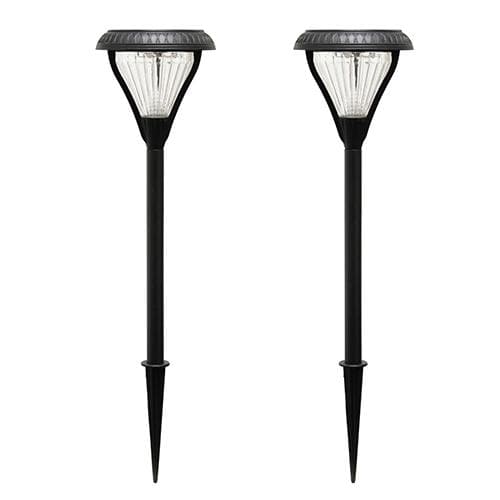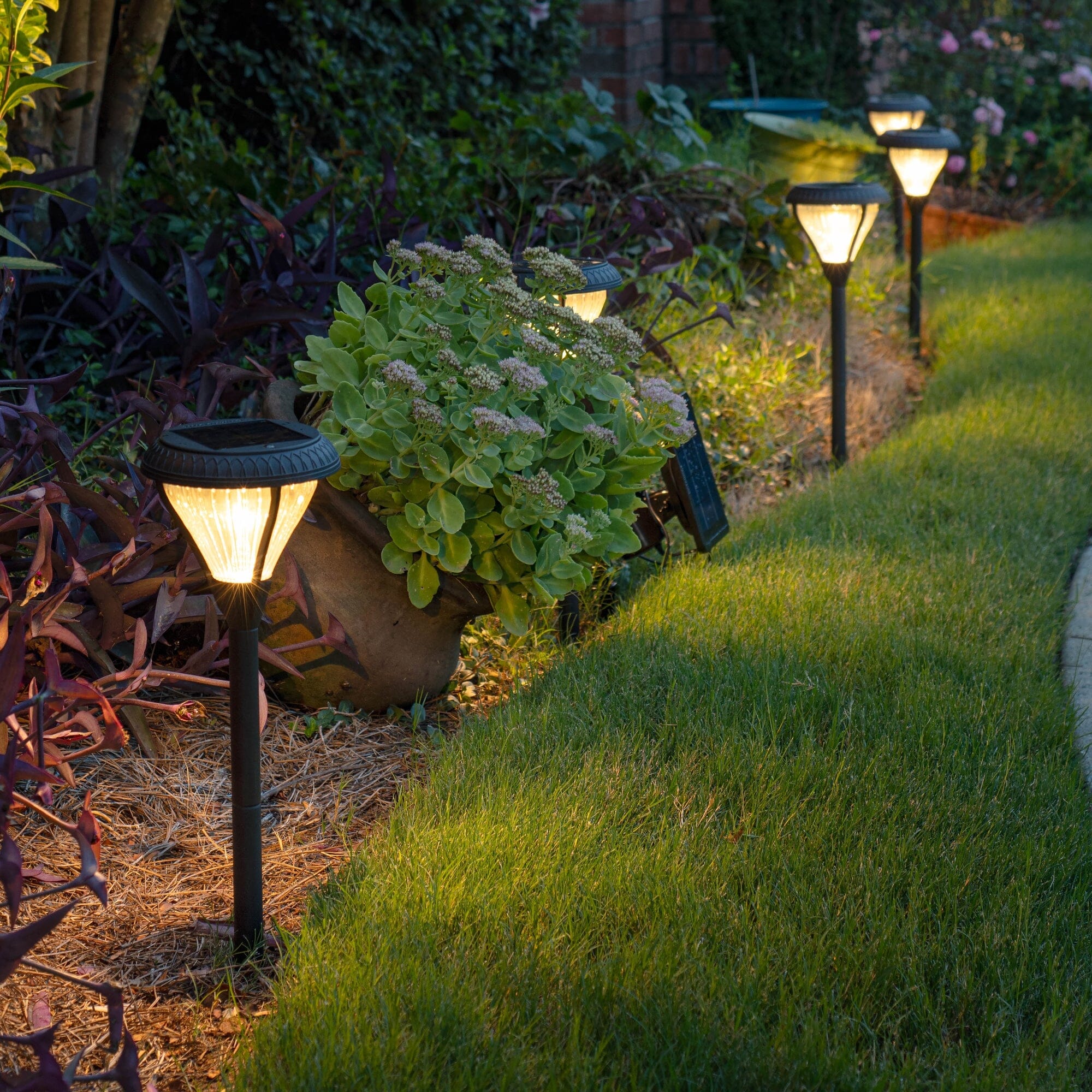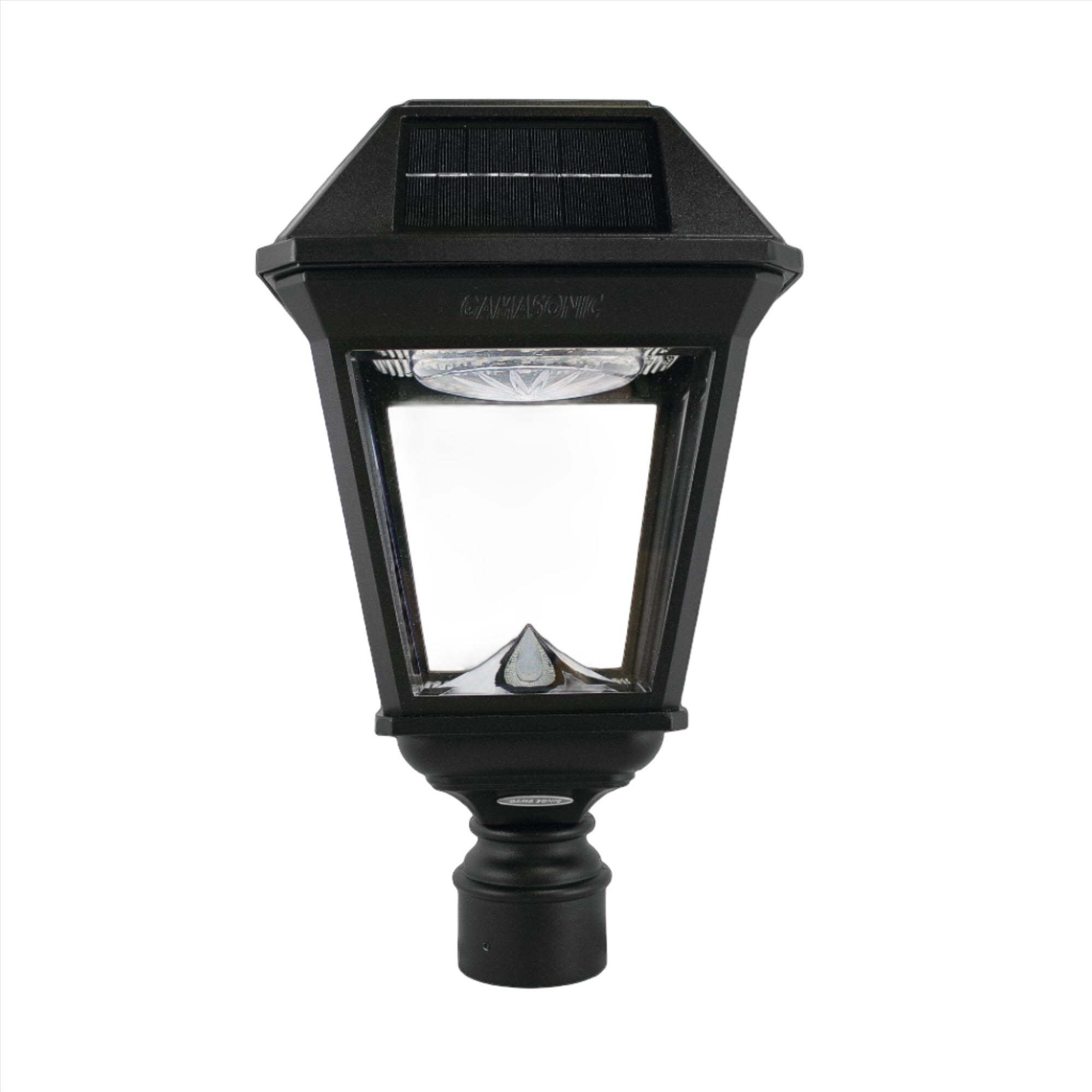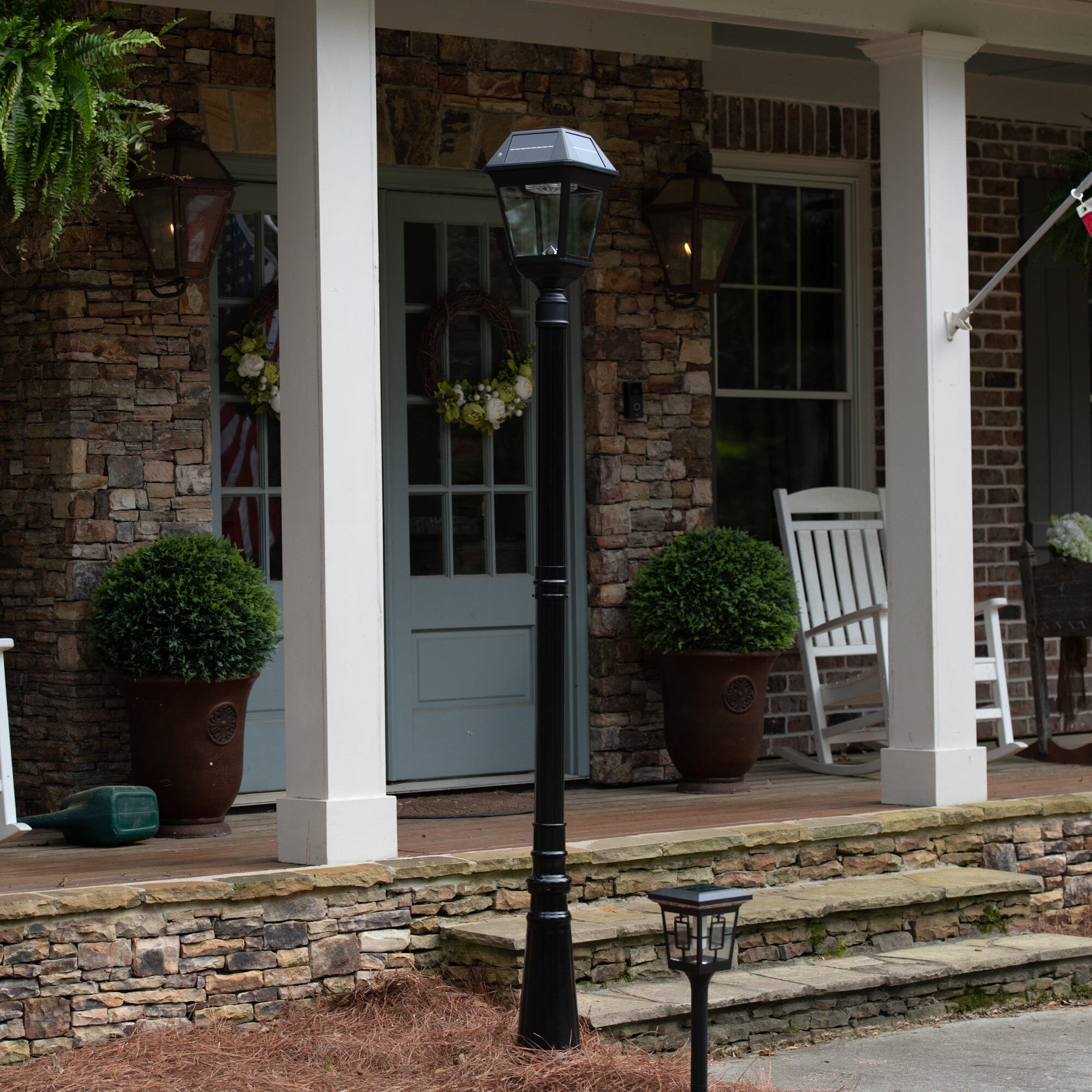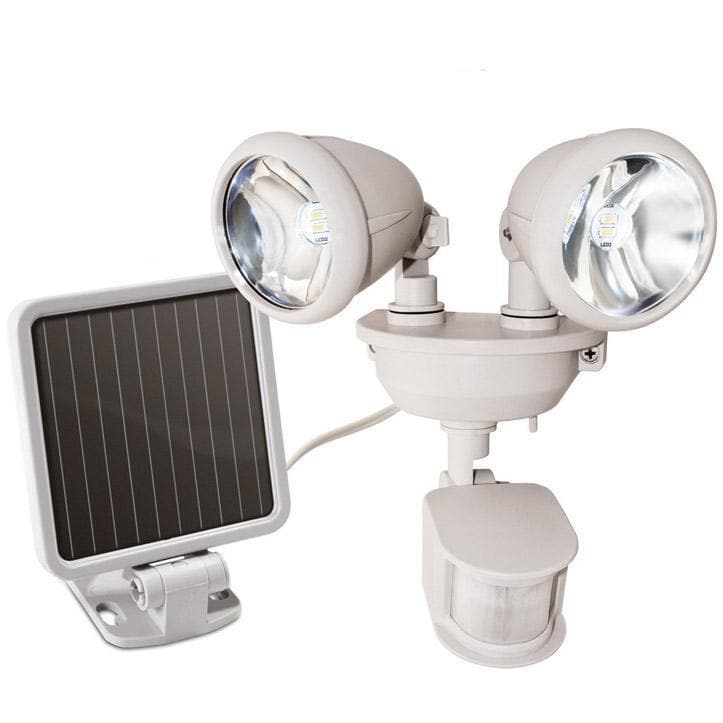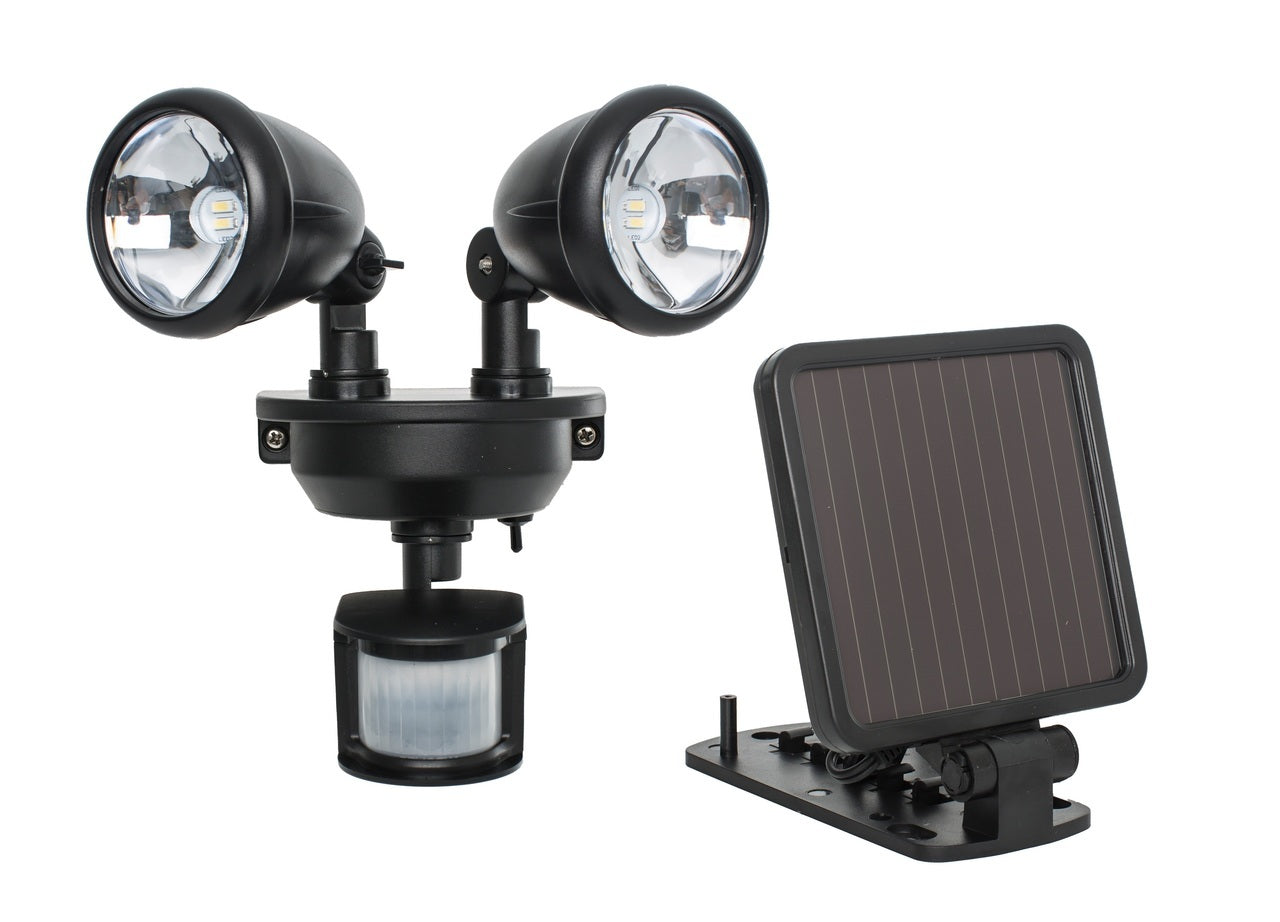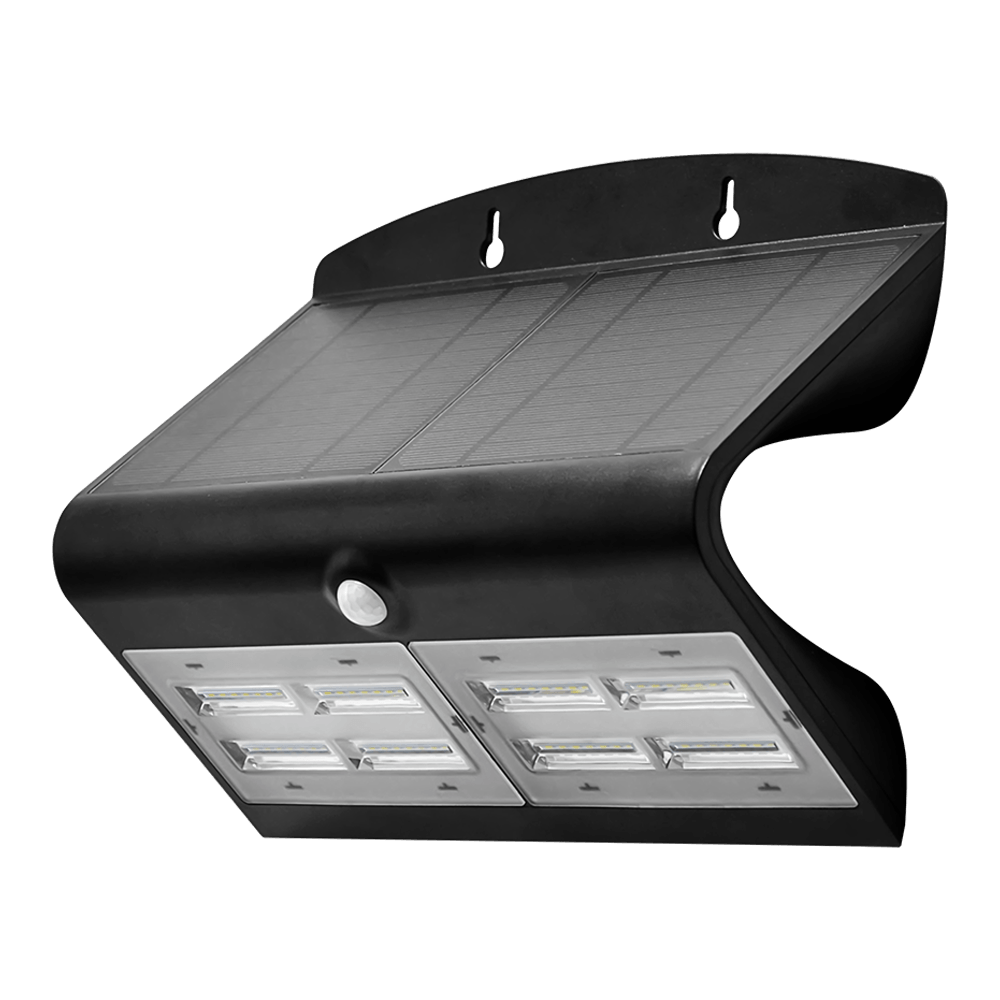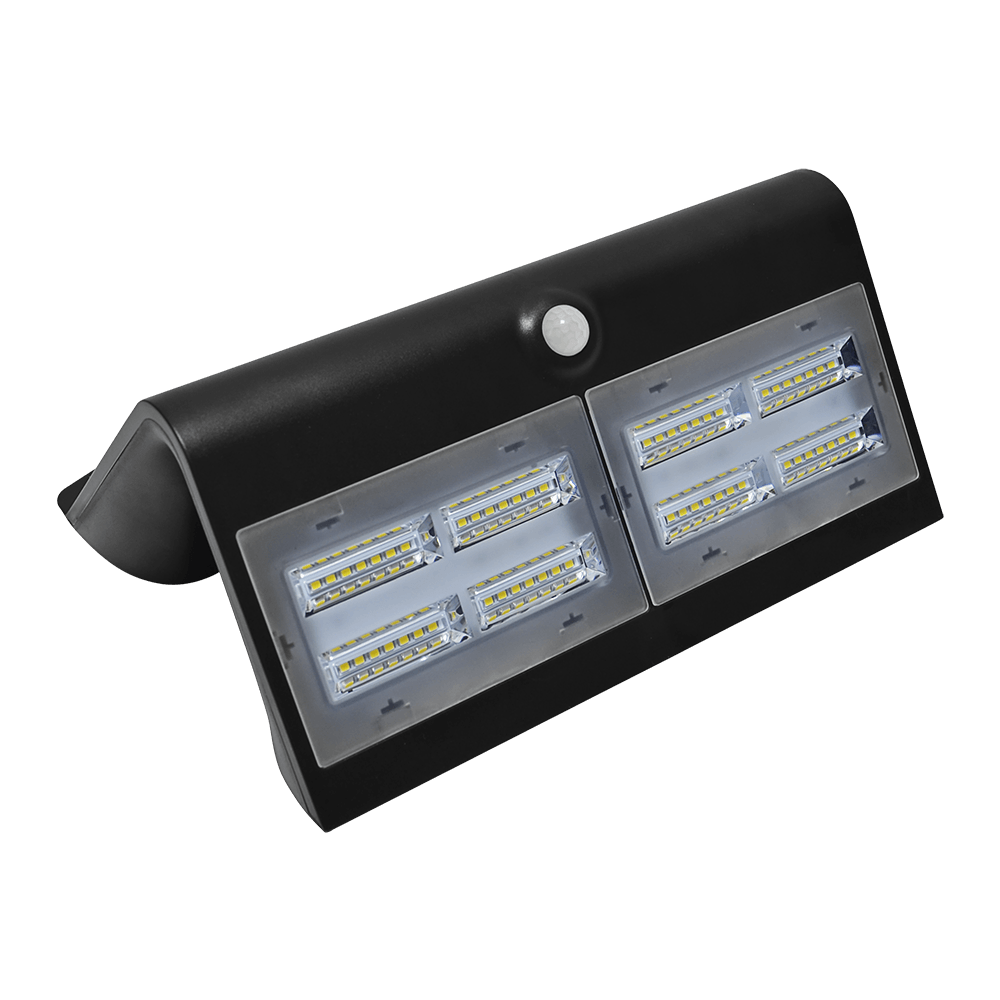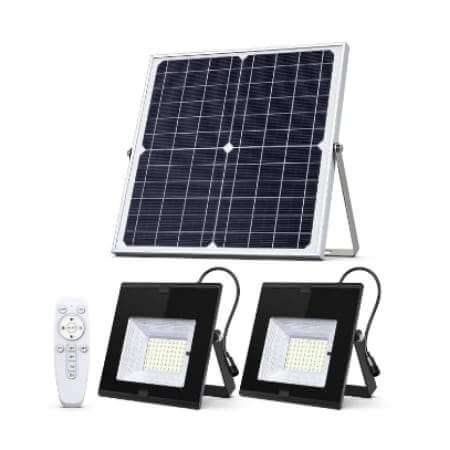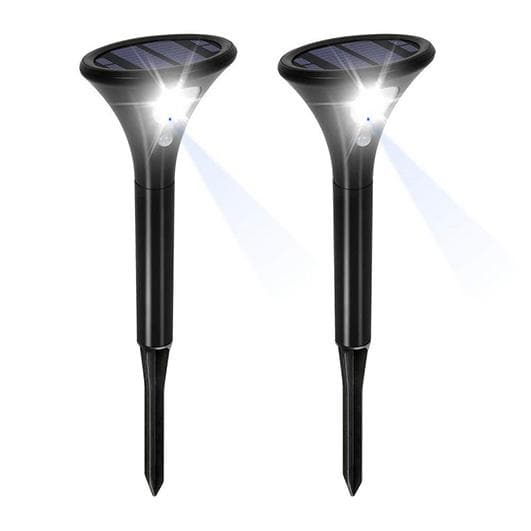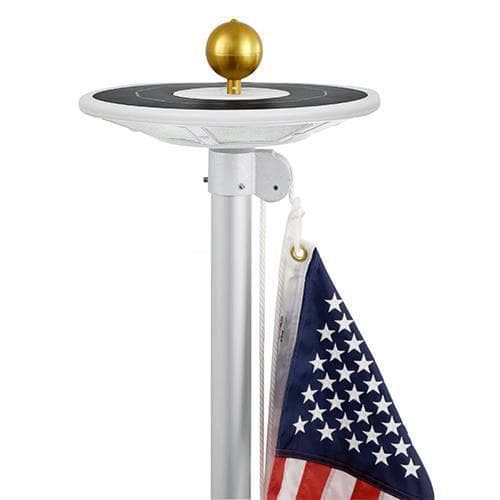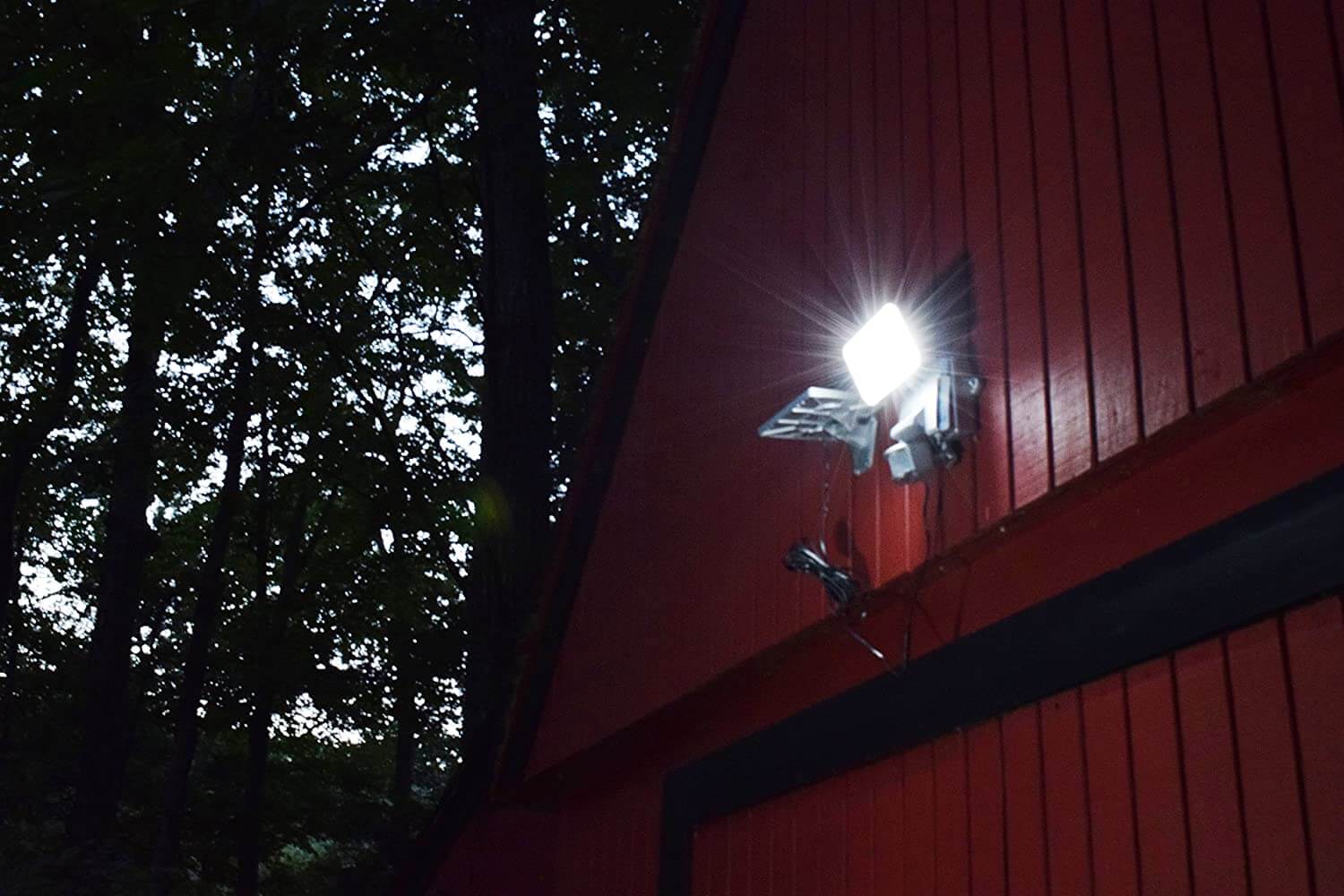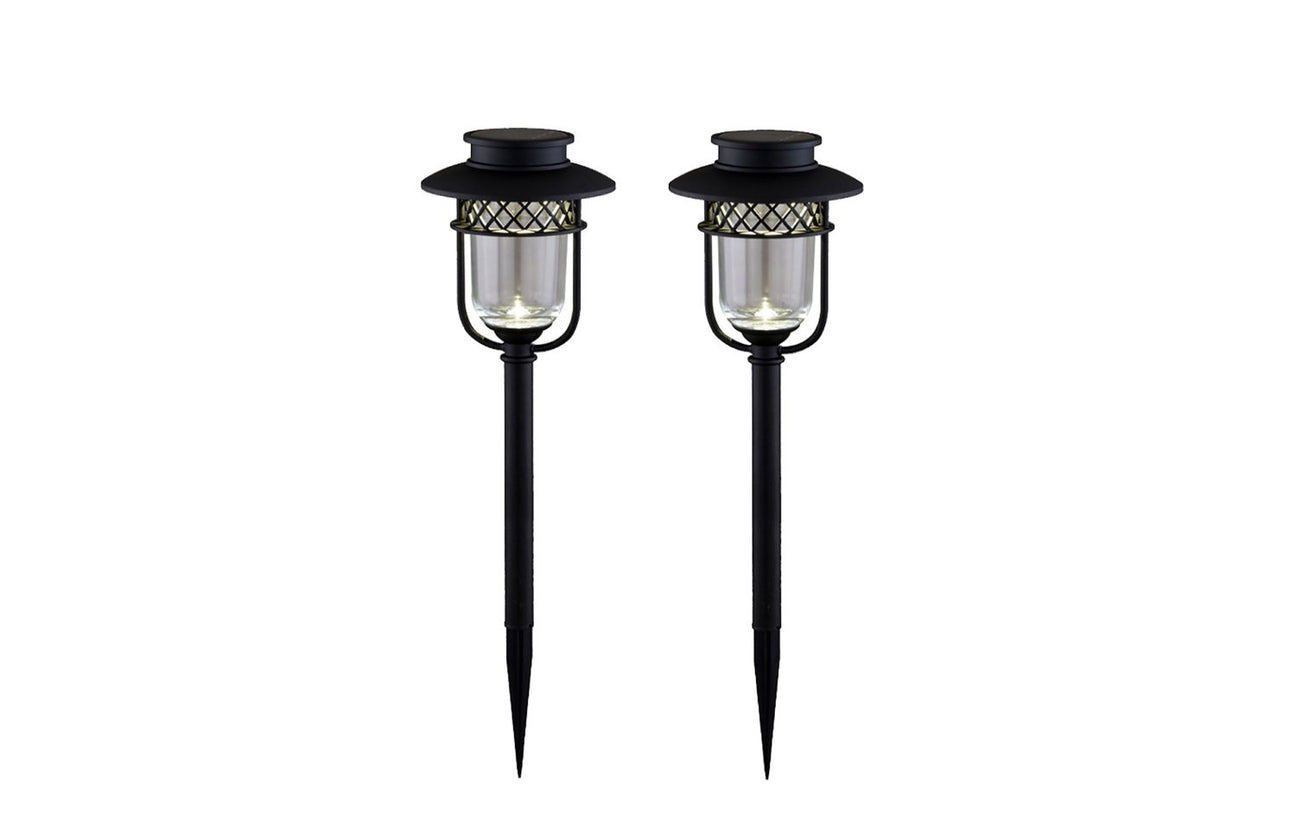Lighting has the potential to enhance your property’s beauty, add functionality to your outdoor areas, and increase your home’s level of security. However, implementing effective outdoor lighting involves more than just placing fixtures around your yard. Review the dos and don’ts of landscape lighting design so you can make good choices and avoid detracting from your yard’s functionality and aesthetics.
The Dos of Landscape Lighting Design
When planning your landscape lighting design, following best practices can significantly affect the final result. By understanding what works well, you can effectively improve your outdoor spaces. Review the tips below so you can create an attractive and functional setup.
Review Different Lighting Types
As you begin the process of designing your landscape, take the time to review the different types of lighting available. Each type of illumination can serve a unique purpose. For example, LED solar pathway lights offer subtle brightness along garden walkways, helping guests easily find their way while enhancing the surrounding garden’s charm. They can also meet the needs of homeowners who seek products that do not require a difficult installation and that will allow them to curb their energy usage.
Prioritize Safety in Your Design

Another key aspect of landscape lighting design is safety. For example, placing lighting along steps, pathways, and entryways will help people avoid accidents and allow them to travel safely through your yard after dark. However, focusing on safety in your lighting doesn’t mean you have to sacrifice style. You can keep your spaces secure and aesthetically pleasing by picking the right lights and installing them properly.
Use Lighting To Make Your Space More Welcoming
Landscape lighting can help make your outdoor spaces more welcoming to guests. Buying the right fixtures and placing them in the proper positions will make guests instantly feel comfortable when they step onto your property. For example, consider using solar path lights or lamps to create a more inviting setting, especially near social areas such as patios or decks.
Additionally, balance is critical when lighting your space. Overly harsh lighting can feel off-putting, while softer, more evenly dispersed illumination establishes a friendly vibe that complements the outdoor environment. When done thoughtfully, this helps create ideal areas for relaxation and social gatherings, enhancing the overall outdoor experience for you and your guests.
Illuminate Features You Want People To Notice

Another important tip is to use your landscape lighting to draw attention to the elements of your home that deserve a spotlight. Whether it’s a meticulously maintained flower bed or a towering tree, well-placed accent lights tastefully highlight these features. Uplighting is particularly effective for emphasizing the height of trees, architectural columns, or tall shrubs. Consider symmetry and proportion when highlighting these unique features.
However, lighting up too many minor features can result in a disjointed appearance. This makes it critical to have balanced lighting that draws the eye toward key design elements.
The Don’ts of Landscape Lighting Design
It is easy to make mistakes that undermine your outdoor aesthetic. Avoiding the missteps below will ensure a more cohesive, functional, and visually appealing lighting setup.
Use Too Many Lights
Adding more light isn’t always the best option, especially for outdoor spaces. Using excessive fixtures can result in overexposure, making your yard feel harshly illuminated and unnatural. Instead of enhancing your property, it can create a jarring visual and disrupt the setting’s ambiance. You may even create safety hazards for the people traversing your property when you have too much bright light.
Allow darker areas to complement your lit spaces. A well-designed yard should direct attention toward selected highlights without overwhelming visitors or detracting from the natural look of the space.
Install Lights in Rows
When people position their outdoor lights in linear arrangements, the design can feel unnatural and detract from the artistic potential of a landscape. Rows of dozens of identical lights along paths or driveways can result in a repetitive, regimented appearance. While it may seem like a straightforward solution for illuminating flat surfaces, this approach sacrifices creativity and visually flattens your yard’s personality.
Spacing lights in a more organic manner creates visual interest and a softer, more refined look. Varied placement allows lights to blend harmoniously with the surrounding natural elements. Even slight adjustments to fixture height or spacing angles introduce an artistic flair without compromising functionality.
Unevenly Position Your Lights
Unbalanced lighting can give your outdoor spaces an awkward appearance. Uneven placement may create patches of excessive brightness in some areas and leave others completely in darkness, detracting from your yard’s overall design. Poor positioning breaks the flow of how people move through and enjoy the space after dark.
To avoid uneven lighting, approach fixture placement with a mindful plan. Perform nighttime tests during installation, and adjust the fixtures until light distribution is smooth and consistent. Balanced lighting reinforces cohesion while elevating your landscape design’s functionality and aesthetic appeal.
Fail To Maintain Your Lighting
After you install your landscape lighting, it’s tempting to consider the job finished. However, outdoor lighting requires regular upkeep to maintain its appearance and performance. Dust and debris can reduce its effectiveness, disrupting the beauty of your design.
For example, when dirt covers a solar fixture, it can prevent that light from collecting enough sunlight to shine brightly. Make maintenance part of your landscaping routine. Regularly wipe down light fixtures, check for burnt-out bulbs, and adjust their positioning to accommodate plant growth and shifting soil as needed.
Additionally, you should inspect electrical connections periodically to prevent malfunction or safety risks. Consistent maintenance keeps your lighting in peak condition while preserving the charm and functionality it adds to your property.
Effective lighting requires careful planning and attention to detail. Understanding the dos and don’ts of landscape lighting design allows you to take your lighting from functional to unforgettable while transforming your outdoor space into an inviting environment.
Turn to Outdoor Solar Store when you’re shopping for solar lighting products. Our durable, high-quality products will add greater functionality and visual appeal to your landscape.

